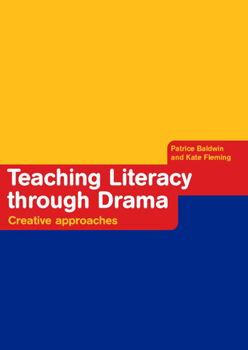
Published: October 2002 by Routledge
ISBN: 978-0-415-25578-3
My Publications
Teaching Literacy Through Drama – Creative Approaches
This book provides teachers of children at Key Stages 1 and 2 with a much-needed source of exciting and creative drama-based activities, designed to improve literacy. As useful for the drama novice as for the busy literacy co-ordinator, these flexible activities are designed to help teachers meet National Curriculum and National Literacy Strategy (NLS) requirements, particularly through speaking and listening.
The book is divided into three parts:
Part 1 looks at literacy and the power of drama as a ‘brain-friendly’ medium for teaching and learning.
Part 2 contains ten structured, practical units of work, each based on a different story, poem, play or traditional tale or rhyme and each linked directly to the requirements and objectives of the NLS and the QCA objectives for speaking and listening.
Part 3 contains photocopiable Literacy Support Sheets for teachers to use and adapt for their own classroom needs.
All units of work have been tried and tested by the authors, giving teachers a springboard from which to enhance and extend their literacy lessons, and engage the imagination of their pupils. The book is also the ideal resource for student teachers.
Contents
Part I Introduction
1. Drama and Imaginative Role Play
2. Drama as a Creative Teaching and Learning Medium
3. Drama and Literacy
4. Drama and Thinking Skills
5. Drama and ICT
6. Assessment in Drama
7. Drama Strategies and Conventions
Part 2
Introduction
Unit 1 – Queen of Hearts
Unit 2 – Katie Morag and the Two Grandmothers
Unit 3 – Voices in the Park
Unit 4 – The Last Wolf
Unit 5 – The Man Who Sold his Shadow
Unit 6 – Mufaro’s Beautiful Daughters
Unit 7 – Theseus and the Minotaur
Unit 8 – The Lady of Shallot
Unit 9 – The Asrai
Unit 10 – Macbeth
Part 3 – Literacy Support Sheets
